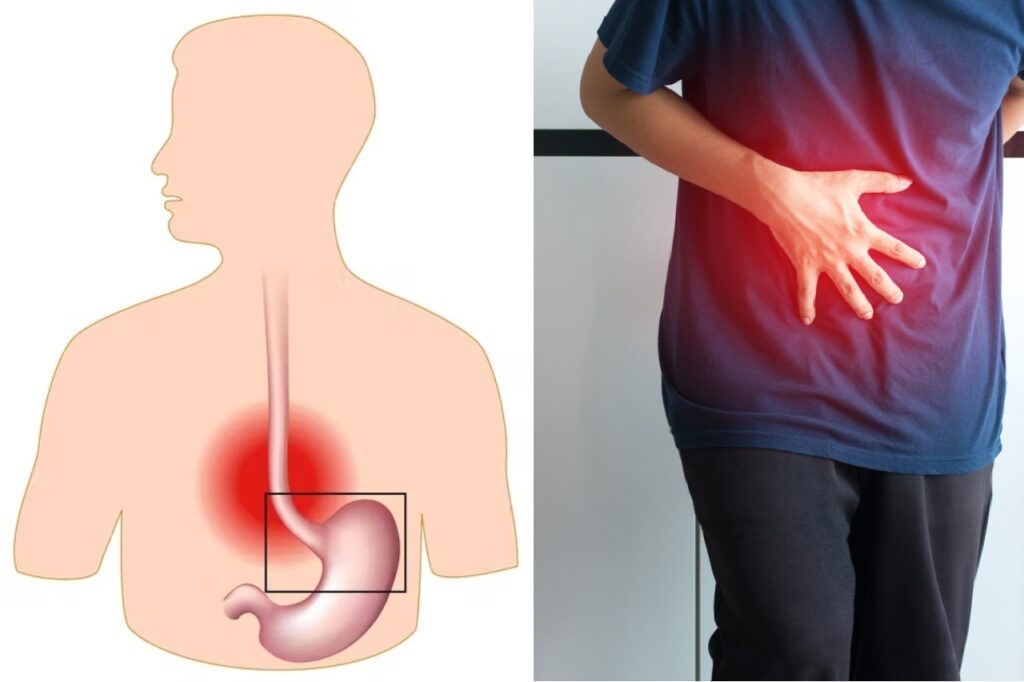Protein Malabsorption
Compromised gut function can lead to a host of issues. One of these issues can include a lack of amino acids available to the body. Amino acids are nitrogenous compounds used by our bodies for the formation and maintenance of almost every tissue. Let’s take a closer look at our digestive system in the context of amino acids.
Our journey first starts in the stomach. Here we must have the proper quantity of hydrochloric acid required to break ingested proteins down into smaller subunits. If for some reason, there is not enough stomach acid, then proteins will enter the small intestine as partially degraded units thereby reducing their absorption.
In the small intestine, proteins are further broken down via the proteolytic enzymes secreted from the pancreas. If there are issues with the pancreas or a lack of enzymes, then again our food’s protein content will not be fully broken down.
When it is time for absorption to take place, amino acids must pass through the absorption unit of the small intestine known as the villi. The villi are tiny finger-like projections which allow absorption to take place through a very selective process. There are many factors that can lead to absorption issues. Inflammation can cause hyperpermeability of the gut (known as leaky gut syndrome) which hinders the activity of the villi leading to larger protein molecules entering our bloodstream instead of being absorbed as smaller amino acid units. These larger molecules will then be attacked by our immune system since they are seen as foreign invaders in our bloodstream. This activity of the immune system can over time lead to chronic inflammation, allergic reactions, and autoimmune diseases. Another factor that can compromise the small intestine’s capacity to breakdown larger molecules and absorb amino acids are infections of the small intestine by parasites and yeast such as candida. So what are the symptoms of having a lack of amino acids?
Our body requires amino acids to help it build proteins which are further combined to make functional units throughout our body. These functional units are seen everywhere both on a micro scale such as in energy production within cells and on a macro scale such as in muscle formation. As can be imagined, when the total amounts of amino acids are lowered, there can be many symptoms elicited by the body.
These symptoms can include:
Increased Sickness or Disease: Our body is constantly repairing its self and requires certain amino acids such as Cysteine to regenerate antioxidants to neutralize damage caused by oxidative stressors due to normal byproducts of metabolism or from our polluted environment. If the repair capacity of the body is lowered, then we are more susceptible to illness and disease formation. Fatigue and Stress: Lowered amounts of amino acids will lead to a lowered energy status. This is simply because amino acids can be converted by our body into energy especially in times of stress. If we do not have ample amino acids, then we cannot respond adequately to stress and therefore will crash or go into a panic mode.
Anxiety and/or Depression: Various amino acids are converted into neurotransmitters which have a direct impact on how we feel and process emotions. For example, the amino acid Tyrosine is needed to form Dopamine and Norepinephrine both of which give us a sense of well-being and when low can lead to depression. Another example is the amino acid Tryptophan which is used to form Serotonin. If Serotonin levels are low, then we can have issues with our mood leading to either depressive or anxious
states.
Insomnia: Some people report sleepless nights as a symptom of low amino acids. Usually this is because of a lack of Serotonin which we discussed above. Low Serotonin levels can affect both mood and sleep along with a host of other issues. GABA is another neurotransmitter made from the amino acid Glutamic acid which can also aid people battling with insomnia.
Muscle Aches: Amino acids are required by the body to both produce and repair various tissues such as skin and muscles. When we have a lack of amino acids, we tend to see bruises way past their healing time or may notice aches and pains throughout the body. Another reason is our sensitivity to pain which is modulated in part by various neurotransmitters such as Serotonin and GABA which are both lowered by a lack of amino acids.
Although people may think that meat is the only good source of proteins, we must acknowledge the plant sources of proteins. Meat and dairy sources are very hard on the digestive system of most people especially if they have compromised gut function. Therefore, we should include vegetarian sources of proteins such as: beans, legumes, vegetables, nuts, and seeds. Having variety in our diet ensures that we not only have access to a complete amino acid profile but also to other vitamins and minerals required by a healthy body.
If you believe you are deficient in amino acids, have a professional assess your symptoms and your digestive capacity and remember to include various sources of proteins in your diet.
 604-451-1737
604-451-1737

